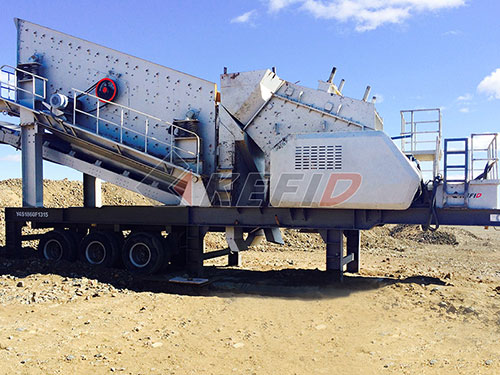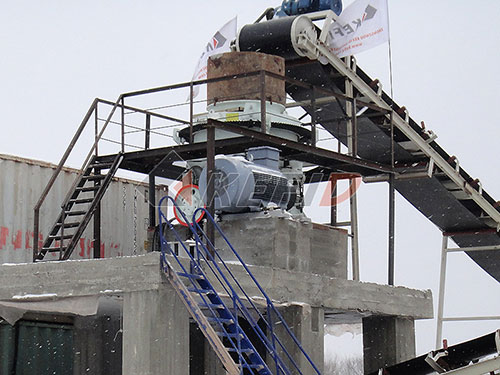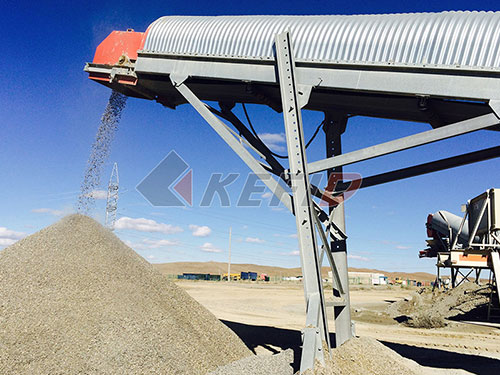Effects Of Stone Crushing On The Enviroment Of Zambia
The Crushing Weight: Environmental Impacts of Stone Quarrying in Zambia
Zambia’s burgeoning construction sector, fueled by urbanization and infrastructure development projects like roads and buildings, relies heavily on one fundamental resource: crushed stone aggregates. While essential for progress, the process of extracting and crushing this stone exacts a significant toll on Zambia’s environment and public health. Understanding these effects of stone crushing on the environment of Zambia is crucial for balancing development needs with ecological sustainability and community well-being.
The Engine of Development and Its Emissions

Stone crushing involves blasting rock formations in quarries (often located near urban centers or along riverbeds due to accessibility), followed by transporting large boulders to crushers – stationary plants or increasingly common mobile units operating closer to demand sites. The primary environmental consequences stem from:

1. Air Pollution – A Choking Hazard: The most visible and pervasive impact is dust generation. Crushing operations release vast quantities of particulate matter (PM), especially PM10 and PM2.5:
Sources: Blasting, drilling, loading/unloading rocks, actual crushing processes (jaw crushers, cone crushers), screening crushed material into sizes, stockpiling aggregates.
Impacts: This dust blankets surrounding areas – vegetation becomes coated hindering photosynthesis; soil quality degrades; water bodies suffer sedimentation.
Health Crisis: Critically for nearby communities (common around Lusaka's peri-urban areas or townships near quarries like Chilanga), inhaling this dust causes severe respiratory illnesses (asthma exacerbation, bronchitis), silicosis (a debilitating lung disease from crystalline silica dust), eye infections like conjunctivitis (“Apollo”), skin irritation including eczema (“chilimba”), cardiovascular problems such as hypertension (“BP”), increased risk of tuberculosis (“TB”) transmission due to weakened lungs.
Compliance Gap: While ZEMA regulations exist concerning dust suppression measures like water spraying systems (“mist cannons”) or chemical suppressants (“dust binders”), enforcement remains inconsistent especially among smaller operators lacking resources for adequate mitigation equipment (“sprayers”).
2. Noise Pollution – Shattering Silence: Stone crushing generates intense noise levels exceeding safe limits set by ZEMA:
Sources: Blasting operations cause earth-shaking vibrations; heavy machinery like excavators (“TLBs”) create constant rumble; crushers themselves produce loud grinding sounds; generators power remote sites adding diesel engine noise.
Impacts:


